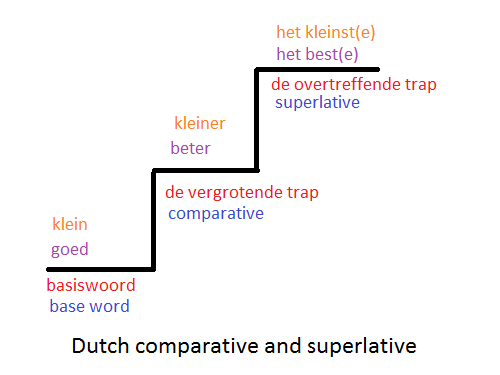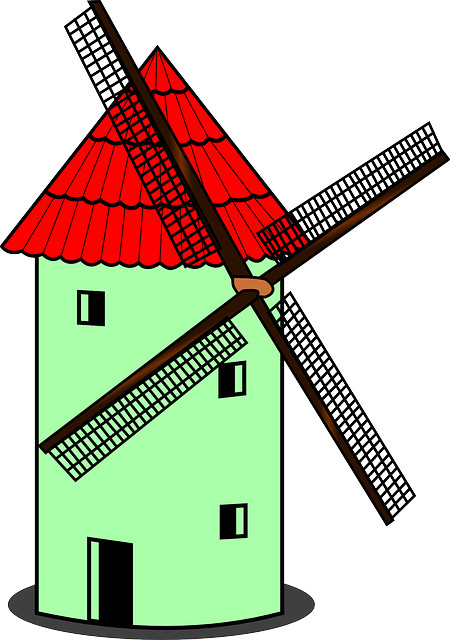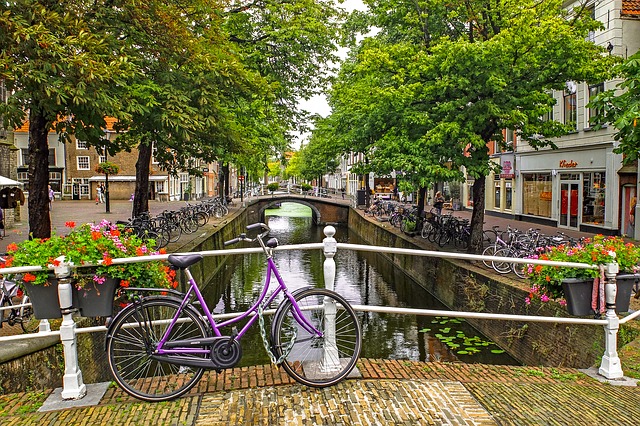Dutch Adjectives, adverbs and comparison with grammar explanations and exercises.
Dutch Adjectives, adverbs and comparison
Adjectives are words that qualify nouns. They express a particular quality of the noun, such as colour (geel, rood, zwart) or dimensions (groot, lang, klein). Adjectives can also express more abstract qualities. For example: gezellig , interessant or aardig. Most past participles of verbs can also be used as adjectives: gebakken (‘fried’) or gesloten (= dicht, ‘closed’).
Adjectives can occur in two places:
- after the noun they qualify (so-called predicative adjectives)
- before the noun they qualify (a.k.a. attributive adjectives)
The comparative and superlative are special forms of adjectives.
The comparative and superlative are forms of an adjective which are used to compare two things or people with one another, to evaluate their relative worth. The comparative is used to state that one thing has more ‘value’ (bigger, smaller, thinner) than the other. The superlative is used to say that one thing has the highest ‘value’ (the biggest, the smallest, the thinnest).

A worksheet on Adjectives, adverbs and comparison in Dutch with grammar explanations and exercises.
Level
This lesson can be used for adults from elementary to intermediate levels.
Aim
The aim of this lesson is to learn Adjectives, adverbs and comparison in Dutch.
Preparation
First print out the worksheet, then copy a worksheet for each student in the class.
Procedure
Go through the grammar and exercises together.







